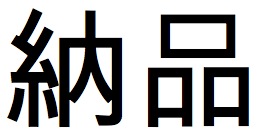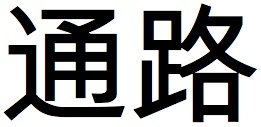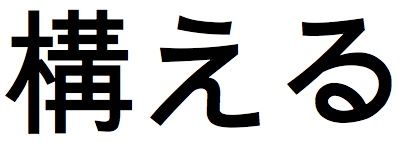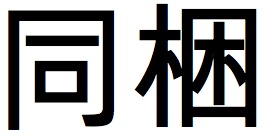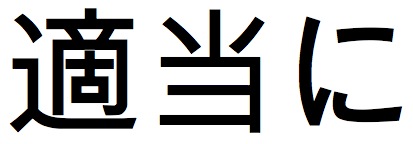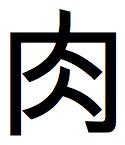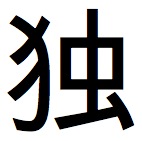Interesting discussion about farts happening on my Google Buzz import of this post. When I wrote my rules for kanji compounds, I knew that the VERB + DIRECT OBJECT was in the Chinese order, but I didn’t know much more than that. Roy from Mutantfrog pointed out that some Japanese words are in this order but were actually created by Japanese people – sort of like 和製英語 for Chinese. The actual term for this is 和製漢語.
Chen then pointed out that 放屁 is actually Chinese in origin:
Very interesting. I have heard of 和製漢語 before but never ever thought so many modern Chinese words actually came from Japan. From the Chinese article linked in that wikipeida page: Yan Fu, the most famous Chinese scholar and translator in 1800s, lost his battle to Japanese translators when trying to translate modern western science and social words to Chinese. According to the author, “Yan Fu understood Chinese too well and was pursuing perfect combination of sound, rhythm, meaning and elegance. Yan’s translation used quaintly old-fashioned Chinese which was very hard for regular people. He himself even said he only considered highly educated people as his readers. While Japanese scholars/translators did not pay too much attention on those constraints but rather focused on ease of understanding, their translation were simple and straightforward. With competitor like this, it’s no wonder that Yan’s translation was abandoned”.
The word 放屁 (Fang Pi) appeared in several Chinese books/articles long before Qing Dynasty, when the “counter-import” of Chinese from Japan mostly occurred, not that I’m proud of but I think it has to be a Chinese word originated in China. It also has the meaning of “talking nonsense”, like BS in English.
And Isaac also added an important comment regarding usage:
Oh no, you gotta watch out when using this word, cos you don’t want to get it confused with the “other” ほうひ(包皮)- foreskin
放屁 is a word that is fun to recognize and understand, but I’m going to go out on a limb and say you should never try using it yourself. There are much more natural ways to pass gas.
You can find me on Buzz here. My Buzz feed incorporates this page as well as my Twitter feed.


